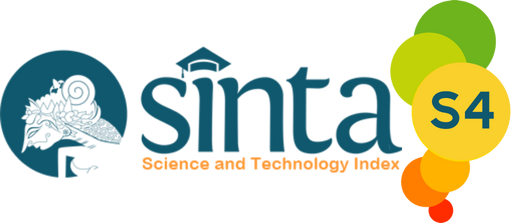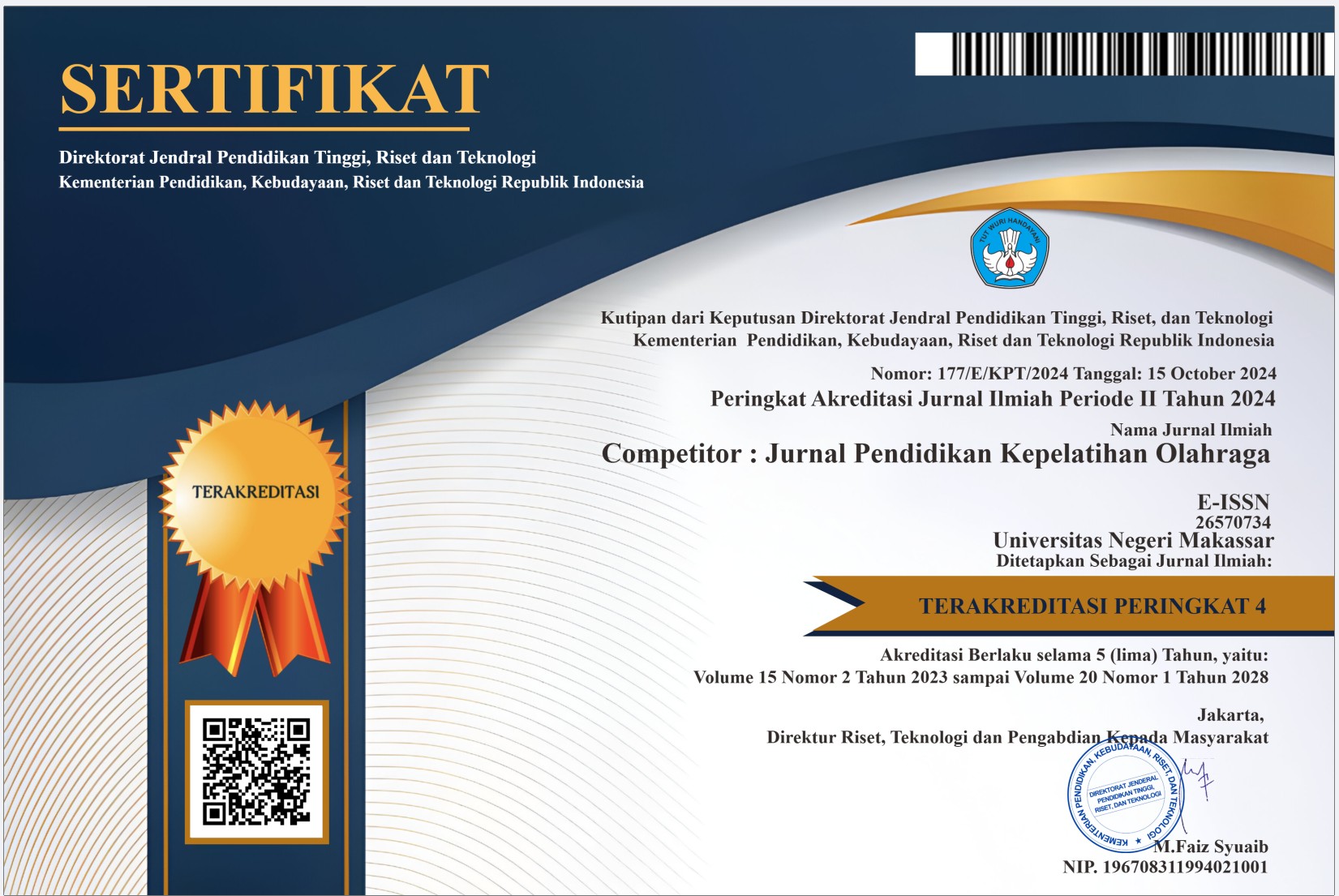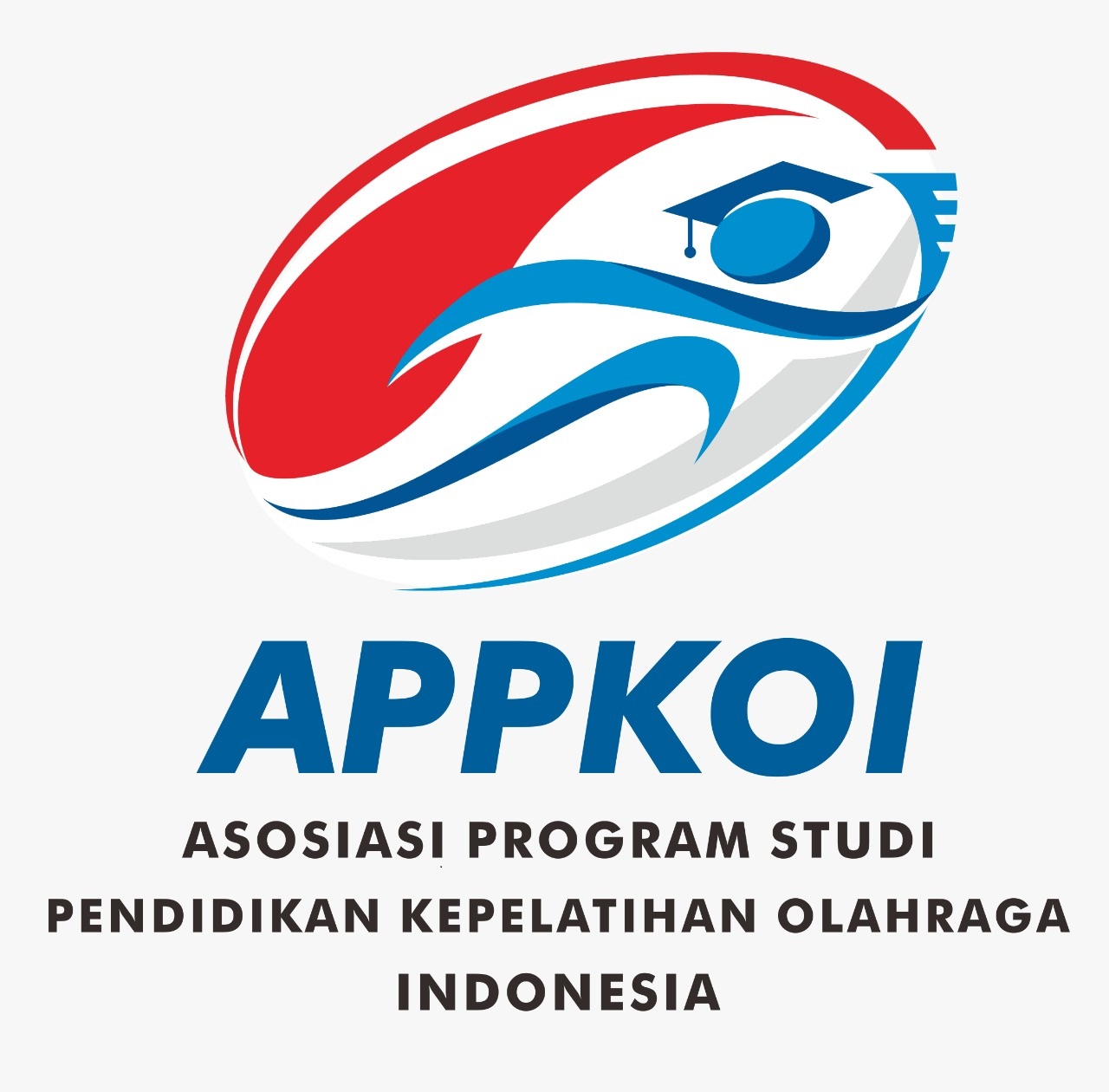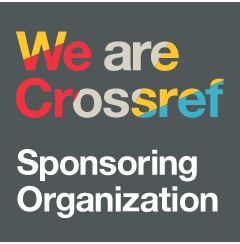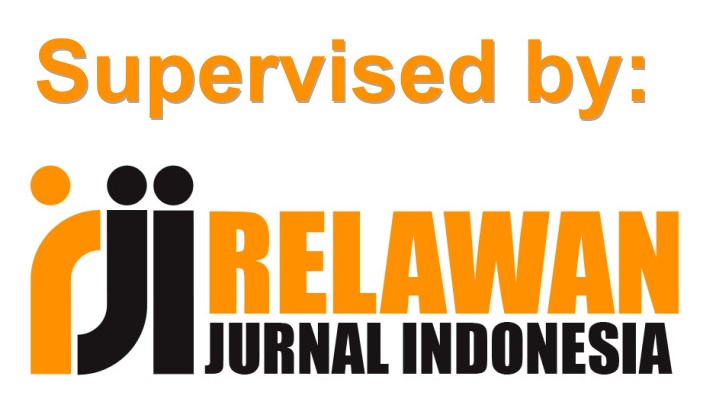Contribution of Physical Fitness, Infrastructure, and Learning Motivation on the Learning Outcomes of Grade VII Students at SMP Negeri 1 Tembilahan Hulu, Indragiri Hilir Regency
DOI:
https://doi.org/10.26858/cjpko.v17i3.374Keywords:
Physical Fitness; Infrastructure; Learning Motivation; Learning OutcomesAbstract
This research is motivated by the low learning outcomes in Physical Education, Sports, and Health among grade VII students of SMP Negeri 1 Tembilahan Hulu, Indragiri Hilir Regency, where more than 51% of students have not achieved the Minimum Completion Criteria (KKM) of 78. This study employs a quantitative approach with a correlational design to analyze the relationship between physical fitness, infrastructure, and learning motivation in relation to learning outcomes at Penjasorkes. The study population consisted of 382 students, with a sample of 80 students selected using a proportional stratified random sampling technique. Data were collected through TKJI for physical fitness, and Likert scale questionnaires were used for infrastructure and learning motivation. The research instruments were tested for validity and reliability, and then analyzed using multiple linear regression analysis and multiple correlation with the help of SPSS version 25, accompanied by normality and linearity tests as statistical requirements. The results of the Study showed that physical fitness contributed 20%, infrastructure contributed 10.5%, and learning motivation contributed 12.4%, while the simultaneous contribution reached 32.9% to the learning outcomes of Physical Education and Health. This finding confirms that physical fitness factors have the most dominant influence on improving learning outcomes. In conclusion, the correlational approach has proven effective in identifying the influence of physical and psychological variables on student learning outcomes, and it serves as the basis for developing more targeted and data-driven Physical Education and Health learning strategies.
References
Abdillah, M. R., Firmansyah, A. T., & Wiguna, C. (2025). Pengelolaan Sarana Prasarana Pembelajaran Pendidikan Jasmani Dalam Meningkatkan Hasil Belajar Peserta Didik ( Studi Kasus di SMK LPS 1 Ciamis ). 11, 13–24.
Ahmanda, N., Aluwis, & Putra, R. (2024). Hubungan Sarana Dan Prasarana Dengan Hasil Belajar Pjok Siswa Smp Negeri 2 Tambusai. Jurnal Pendidikan Jasmani, Kesehatan, Dan Rekreasi, 2(2), 30–37. https://doi.org/10.59584/jurnalpjkr.v2i2.74
Amrulloh, A., Aliyah, N. darajaatul, & Darmawan, D. (2024). Pengaruh Kebiasaan Belajar, Lingkungan Belajar Dan Motivasi Belajar Terhadap Prestasi Belajar Siswa MTS Darul Hikmah Langkap Burneh Bangkalan. AL-MIKRAJ Jurnal Studi Islam Dan Humaniora (E-ISSN 2745-4584), 5(01), 188–200. https://doi.org/10.37680/almikraj.v5i01.5656
Aryadi, D. (2020). Pengaruh Motivasi Belajar, Perhatian Orang Tua, Dan Kebugaran Jasmani Terhadap Hasil Belajar Pendidikan Jasmani Olahraga Dan Kesehatan. Jurnal Pendidikan Dasar Setiabudhi, 4(1), 52–62.
Chen, W., Hammond-Bennett, A., Hypnar, A., & Mason, S. (2018). Health-related physical fitness and physical activity in elementary school students. BMC Public Health, 18(1), 1–12. https://doi.org/10.1186/s12889-018-5107-4
Dudley, D., Mackenzie, E., Van Bergen, P., Cairney, J., & Barnett, L. (2022). What Drives Quality Physical Education? A Systematic Review and Meta-Analysis of Learning and Development Effects From Physical Education-Based Interventions. Frontiers in Psychology, 13(June), 1–20. https://doi.org/10.3389/fpsyg.2022.799330
Fajar Sidik Siregar, Riska Sri Pratiwi Tambunan, Febri Deasari Simamora, Delima Situmorang, & Karina Sitorus. (2024). Analisis Peran Sarana dan Prasarana dalam Proses Pendidikan Jasmani dan Keolahragaan di Sekolah Dasar. Jurnal Pendidikan, Bahasa Dan Budaya, 3(4), 157–167. https://doi.org/10.55606/jpbb.v3i4.4639
Herdiansyah, H., Meilana, A., Carsiwan, C., & Susilawati, D. (2024). Erikson’s Development Psychosocial Theory In The 21st Century: A Pedagogical Perspective In Physical Education. COMPETITOR: Jurnal Pendidikan Kepelatihan Olahraga, 16(2), 362. https://doi.org/10.26858/cjpko.v16i2.63045
Ibrohim, I., Muhtar, T., & Sudrazat, A. (2024). The Influence of the Sport Education (SE) Learning Model And The Student Team Achievement Division (STAD) Learning Model On Student Motivation In Badminton. COMPETITOR: Jurnal Pendidikan Kepelatihan Olahraga, 16(2), 320. https://doi.org/10.26858/cjpko.v16i2.61827
Irawan, D. C., Aziz, M. Z., & Wibisono, I. G. A. B. (2024). Hubungan antara motivasi siswa dengan efektivitas pembelajaran pada mata pelajaran pendidikan jasmani olahraga dan kesehatan. Jurnal Olahraga Pendidikan Indonesia (JOPI), 3(2), 105–115. https://doi.org/10.54284/jopi.v3i2.303
Kaputri, D. R., Putra, M. A., & Manurizal, L. (2024). A Survey Of Facilities and Infrastructure For Physical Education, Sports, and Health At Junior High Schools In Rambah Samo Sub-District, Rokan Hulu District. COMPETITOR: Jurnal Pendidikan Kepelatihan Olahraga, 16(3), 694. https://doi.org/10.26858/cjpko.v16i3.65567
Kesuma, I. Ny. A. A., Yoda, I. K., & Hidayat, S. (2021). The Influence of Learning Models and Motivation on Physical Education Learning Outcomes in Junior High School Students. Jurnal Penjakorab, 8(April), 62–70.
Kurniawan, R. (2016). Analisis Regresi. Kencana Prenada Media. https://books.google.co.id/books?id=KcY-DwAAQBAJ
Kusuma Jaya, K. S., Kanca, I. N., & Semarayasa, I. K. (2021). Survei Ketersediaan Guru, Sarana dan Prasarana Penunjang Pembelajaran Pendidikan Jasmani Olahraga dan Kesehatan. Indonesian Journal of Sport & Tourism, 3(1), 18. https://doi.org/10.23887/ijst.v3i1.35431
Marani, I. N., Muhyi, M., & Ginanjar, S. (2024). Aspek Pembelajaran Dan Metode Belajar Pendidikan Jasmani, Olahraga Dan Kesehatan. In Akademia … (Vol. 2, Issue January). https://www.researchgate.net/profile/Eka-Novita-Sari/publication/378151948_eBook_J_-_Aspek_Pembelajaran_dan_Metode_Belajar_Pendidikan_Jasmani_Olahraga_dan_Kesehatan/links/65ca97661e1ec12eff8a699d/eBook-J-Aspek-Pembelajaran-dan-Metode-Belajar-Pendidikan-Ja
Nasution, M. C., & Syaleh, M. (2021). Analisis Faktor-Faktor yang Mempengaruhi Hasil Belajar PJOK pada Siswa Kelas V SD Negeri 104259 Citaman Jernih Kecamatan Perbaungan Kabupaten Serdang Bedagai Tahun Ajaran 2020/2021. JOSEPHA: Journal of Sport Science And Physical Education, 2(2), 1–10. https://doi.org/10.38114/josepha.v2i2.156
Nurhayati, N., Lestari, T., Win Afgani, M., & Isnaini, M. (2025). Correlational Research (Penelitian Korelasional). Jurnal Cendekia Ilmiah, 4(3), 8–2.
Osrita, G., Welis, W., Rasyid, W., Zarya, F., & Ichsan, M. (2020). Pengaruh Status Gizi, Kebugaran Jasmani , Motivasi Belajar Terhadap Hasil Belajar PJOK SD. Jurnal Pendidikan Jasmani Indonesia, 16(2), 224–239.
Pratama, R. Y., Sulastio, A., & Agust, K. (2023). Hubungan Sarana Prasarana Dan Proses Pembelajaran Dengan Hasil Belajar Olahraga Di Sma Negeri 16 Pekanbaru. Riyadhoh : Jurnal Pendidikan Olahraga, 6(1), 88. https://doi.org/10.31602/rjpo.v6i1.9948
Rahman, M. A., Nanik Indahwati, & Novilia Puspa Widiyanti. (2023). Penerapan Strategi Pembelajaran Berdiferensiasi Dalam Meningkatkan Hasil Belajar Siswa Materi Pola Gerak Dominan. Jurnal Mahasiswa Pendidikan Olahraga, 3(2), 192–201. https://doi.org/10.55081/jumper.v3i2.986
Reginald, W. A. R. S. P. M. Y. Z. R. H. N. E. P. D. P. M. M. K. J. M. N. M. A. M. S. I. R., Astuti, N. D., & Hapsan, A. (2025). TES PENGUKURAN DALAM PENDIDIKAN JASMANI DAN OLAHRAGA. CV. Ruang Tentor. https://books.google.co.id/books?id=cNRFEQAAQBAJ
Rosmi, Y. F. (2016). Pendidikan Jasmani Dan Pengembangan Karakter Siswa Sekolah Dasar. Wahana, 66(1), 55–61. https://doi.org/10.36456/wahana.v66i1.482
Saitya, I., & Muhadi, M. (2025). Revitalisasi Pendidikan Jasmani Menuju Indonesia Emas. Jurnal Pendidikan Olahraga, 15(1), 27–31. https://doi.org/10.37630/jpo.v15i1.2551
Satin, P. M., Yohanis M. Mandosir, Irmanto, M., Susanto, I. H., & Kristanto, B. (2021). Hubungan Antara Status Gizi, Aktifitas Fisik Terhadap Tingkat Kebugaran Jasmani Siswa. Jurnal Pendidikan Olahraga Dan Kesehatan, 4(2), 516–521. https://journal.unesa.ac.id/index.php/IJOK/article/viewFile/10968/5036
Sugiyono. (2020). Metodologi Penelitian Kuantitatif, Kualitatif dan R&D.
Woods-Townsend, K., Hardy-Johnson, P., Bagust, L., Barker, M., Davey, H., Griffiths, J., Grace, M., Lawrence, W., Lovelock, D., Hanson, M., Godfrey, K. M., & Inskip, H. (2021). A cluster-randomised controlled trial of the LifeLab education intervention to improve health literacy in adolescents. PLoS ONE, 16(5 May), 1–17. https://doi.org/10.1371/journal.pone.0250545
Yeh, H. P., Stone, J. A., Churchill, S. M., Wheat, J. S., Brymer, E., & Davids, K. (2016). Physical, Psychological and Emotional Benefits of Green Physical Activity: An Ecological Dynamics Perspective. Sports Medicine, 46(7), 947–953. https://doi.org/10.1007/s40279-015-0374-z
Downloads
Published
Issue
Section
License
Copyright (c) 2025 Reza Aofal, Budi Wahyono, Ahmad Lani, Rochsun, Susilo Bekti, Ririn Dwi Agustin (Author)

This work is licensed under a Creative Commons Attribution 4.0 International License.

